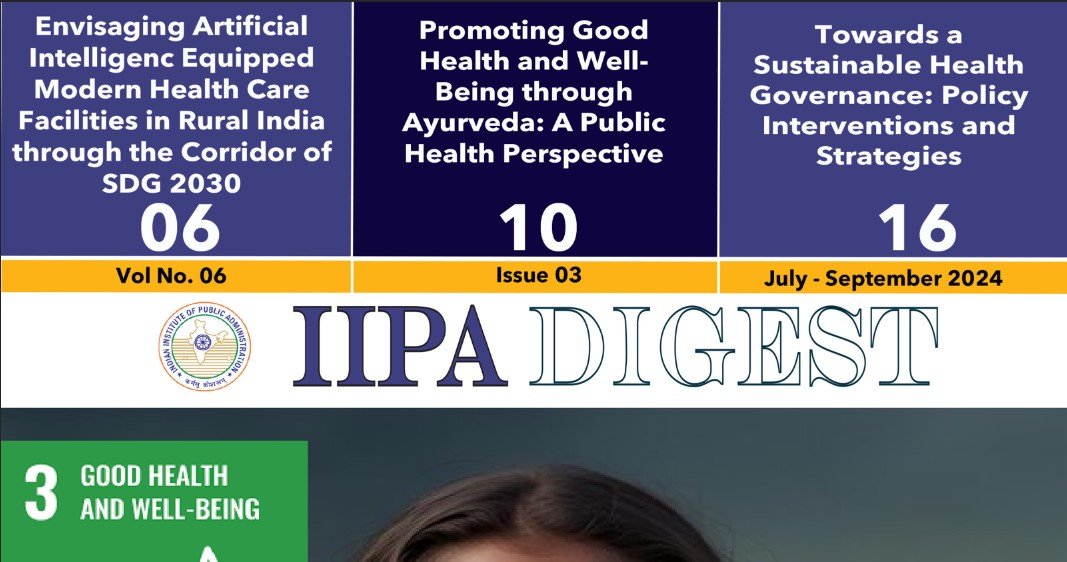In today's fast-paced world, effective communication between regulatory authorties and the public is crucial, especially in the aviation sector, where passenger grievances need timely and efficient resolution. This case study explores how a seemingly small idea led to a significant transformation in how the Directorate General of Civil Aviation (DGCA) in India handles passenger complaints. Sparked by a frustrating travel experience of Mr. X's family, the initiative to establish a DGCA Twitter account emerged as a game-changer. This account has not only enhanced real-time grievance reporting but also improved accountability and service quality within the aviation industry. By leveraging the power of social media, the DGCA has created a more responsive and transparent channel for addressing passenger concerns, setting a precedent for other regulatory bodies to follow.
Background
Mr. X's family visited him in a foreign city for a short stay on a visit visa. On their return journey to Mumbai, they experienced significant delays with their flight, operated by an Indian carrier. Initially, the flight was delayed for 12 hours, and the airline advised them to return home and wait for further instructions. Upon returning, they faced further delays, causing considerable stress for the entire family, including young children. Mr. X contacted the writer to discuss the issue, highlighting the need for feedback to the airline to prevent such occurrences in the future.
Identified Problem
While contemplating how to inform the airline, it was apparent that airlines often respond with apologies and promises to improve, but systemic issues persist. Therefore, it was crucial to bring this matter to the attention of the Directorate General of Civil Aviation (DGCA) to ensure airlines take better care of passengers. Traditional methods of contacting DGCA posed significant challenges:
Phone Calls: Limited to working hours (8 hours/day, 5 days/week), with potential for unanswered calls and unrecorded verbal promises.
Emails: Risk of no acknowledgment or response, leading to unresolved complaints.
Additionally, many passengers are unaware that they can escalate airline-related grievances to DGCA, and even those who know may find it difficult to achieve effective resolution through phone or email.
Solution
To address these issues, the writer conceptualized a solution to enable real-time, 24/7 grievance reporting to DGCA, allowing them to monitor complaints and formulate policies for passenger welfare. The idea of a DGCA Twitter account emerged as an effective solution to these problems.
Implementation
Grievance Lodging: A formal grievance was lodged with DGCA on PGPORTAL, requesting the establishment of a Twitter account.
DGCA Action: DGCA responded by creating a Twitter account 15 days after receiving the grievance.
Initial Reactions: Scepticism arose initially, with a pilot questioning the account's authenticity as he was surprised to see the DGCA official account. The Deputy Director General (DDG) confirmed its legitimacy.
Growing Engagement: The account gradually gained followers, starting with aviation professionals, followed by news correspondents and embassies. Within six months, the follower count reached 5,000.
Impact and Results
With the onset of the COVID-19 pandemic, the Twitter account's relevance and follower count surged dramatically.
COVID-19 Period: The follower count increased from 5,000 to over 70,000 within a year, driven by passengers lodging complaints related to flight cancellations and refund issues.
Policy Influence: The increased visibility and real-time grievance reporting led DGCA to issue a letter favouring passengers, improving accountability and response times from airlines.
As of now, the DGCA Twitter account has more than 184,000 followers, illustrating its effectiveness in addressing passenger grievances and enhancing communication between passengers and regulatory authorities.
Conclusion
This case study highlights that a small idea of a common citizen can bring a big change also. By establishing a real-time, accessible communication channel through Twitter, DGCA has significantly enhanced its ability to monitor complaints, leading to better service and policy formulation for the welfare of air travellers. The DGCA Twitter account stands as a model for leveraging technology and social media to bridge communication gaps and ensure regulatory accountability in the aviation sector.
Reference
•Centralized Public Grievance Redress And Monitoring System CPGRAMS-Home (pgportal.gov.in)
• Official Twitter Account of Directorate General of Civil Aviation (DGCA) India. DGCA (@DGCAIndia) / X (twitter.com)
•Official website of Directorate General of Civil Aviation Home | Directorate General of Civil Aviation | Government of India (dgca.gov.in)

